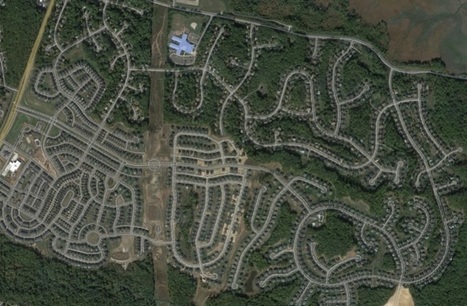"What, exactly, is a city? Technically, cities are legal designations that, under state laws, have specific public powers and functions. But many of the largest American cities — especially in the South and West — don’t feel like cities, at least not in the high-rise-and-subways, 'Sesame Street' sense. Large swaths of many big cities are residential neighborhoods of single-family homes, as car-dependent as any suburb.
Cities like Austin and Fort Worth in Texas and Charlotte, North Carolina, are big and growing quickly, but largely suburban. According to Census Bureau data released Thursday, the population of the country’s biggest cities (the 34 with at least 500,000 residents) grew 0.99 percent in 2014 — versus 0.88 percent for all metropolitan areas and 0.75 percent for the U.S. overall. But city growth isn’t the same as urban growth. Three cities of the largest 10 are more suburban than urban, based on our analysis of how people describe the neighborhoods where they live."



 Your new post is loading...
Your new post is loading...










![The Speed Burden [Costs of Sprawl] | Human Interest | Scoop.it](https://img.scoop.it/FylN4HpUjR3Po2vIJ-TKTjl72eJkfbmt4t8yenImKBVvK0kTmF0xjctABnaLJIm9)






This article accurately depicts the difference between a normal city 50 years ago and a city today, as well as the continuing spread of suburbanization. For example, Austin, the capital of texas, a hustling, bustling always busy area, is predominantly suburban. As cities and countries continue to advance and develop and its citizens become more successful and family oriented, suburban homes for families will become more needed than something smaller, like condos or studio apartments. As the needs of the cities change, the structure of the city changes as well. This applies to our final unit of APHUG: Cities and Urban Land Use.
Urbanization
unit 7